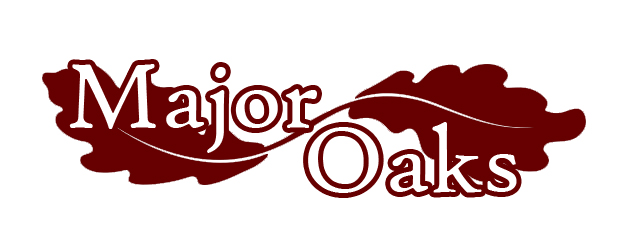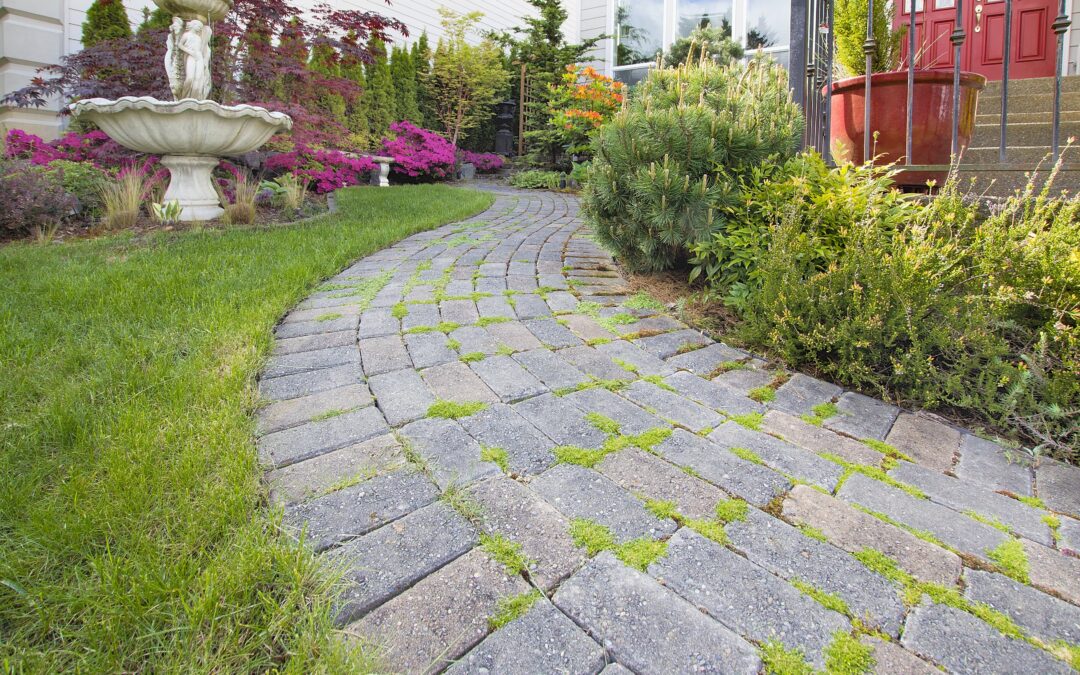Integrating skid steer equipment effectively into your hardscaping projects requires proper planning and execution. By following a few essential tips, you can ensure a smooth and successful integration of skid steer capabilities into your hardscaping endeavors. In this blog post, we share valuable tips to help you achieve optimal results.
- Choose the Right Attachments: Selecting the appropriate skid steer attachments for your hardscaping tasks is crucial. Consider the specific needs of your project, such as excavation, material handling, or precision work, and choose attachments that best suit those requirements. Common attachments include buckets, grading blades, pallet forks, and vibratory plate compactors.
- Understand Equipment Limitations: While skid steers offer versatility and power, it’s essential to understand their limitations. Skid steers have weight and size restrictions, and exceeding these limits can lead to equipment damage or safety hazards. Ensure that the equipment is operated within its capacity and follow the manufacturer’s guidelines for safe operation.
- Plan for Site Accessibility: Before starting a hardscaping project, assess the site’s accessibility for skid steers. Ensure there is sufficient space for maneuvering and consider any potential obstacles or terrain challenges that may affect the equipment’s movement. Plan the project layout accordingly to maximize the skid steer’s efficiency and avoid unnecessary complications.
Remember, if you’re not experienced in operating skid steer equipment, it’s advisable to hire a professional operator or seek proper training to ensure safe and efficient use.
Conclusion: Hardscaping projects can be elevated to new heights with the integration of skid steer equipment. By understanding the benefits of hardscaping, leveraging the versatility of skid steers, and following essential tips for successful integration, you can achieve remarkable outdoor spaces that combine aesthetics, functionality, and longevity.

